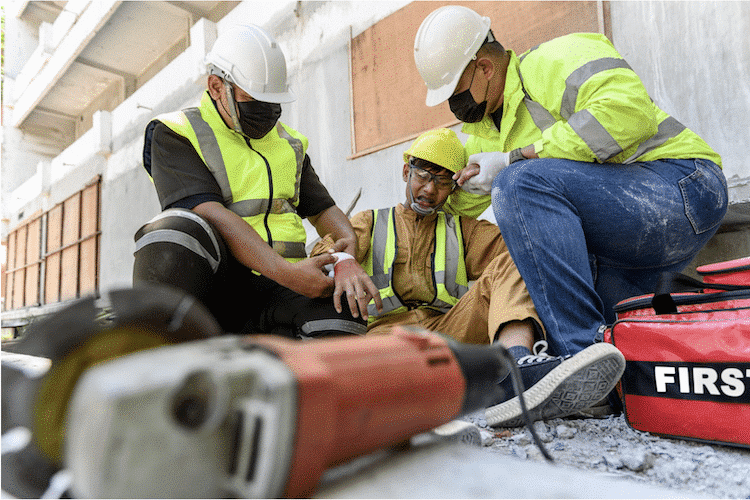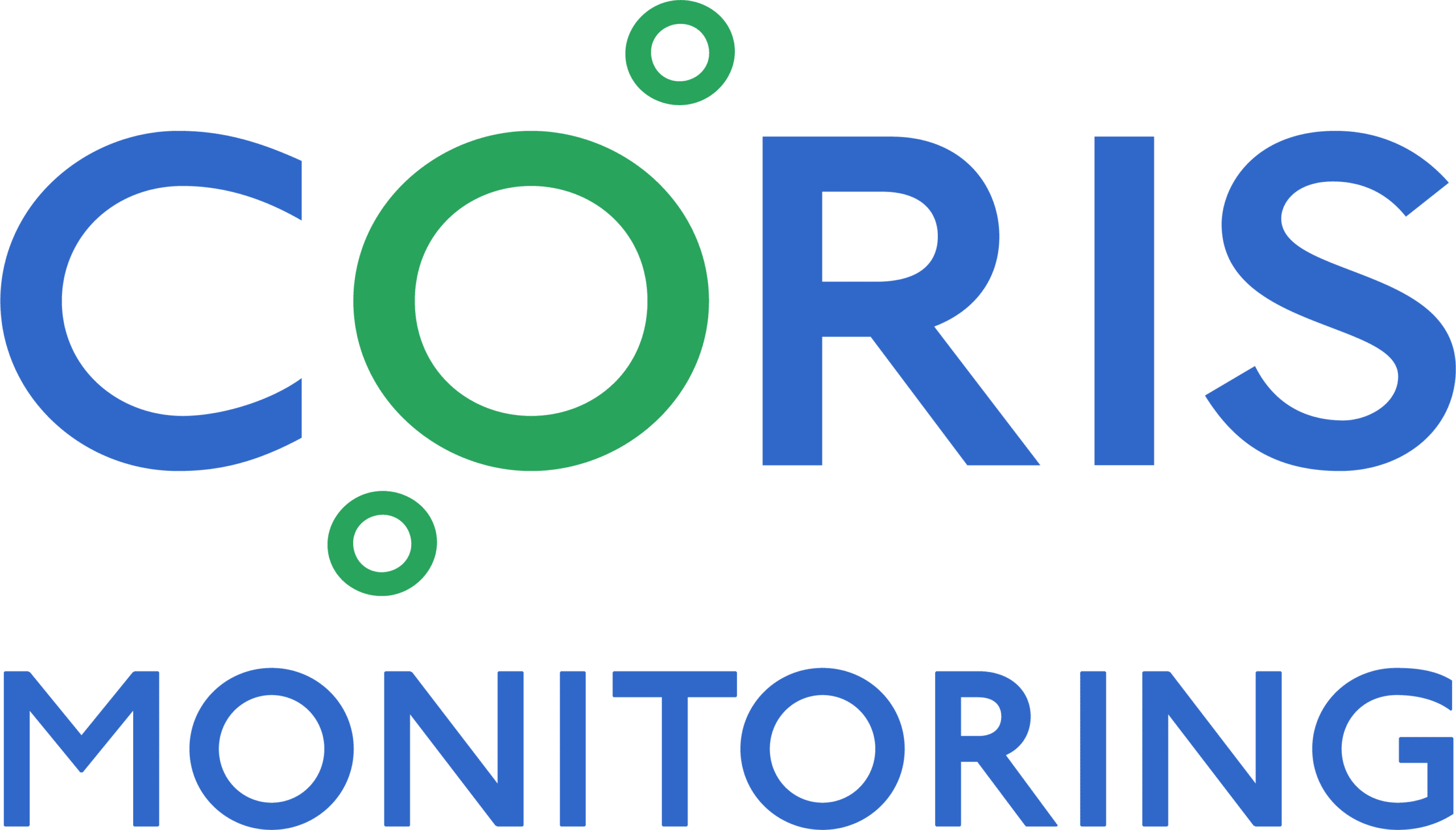After a season of rising temperatures and heat waves around the United States, protecting workers from heat-related illnesses has become a top priority for regulators and employers. The Occupational Safety and Health Administration (OSHA) is currently proposing new heat safety rules aimed at safeguarding employees working in hot environments. These new regulations, if enacted, would set crucial thresholds for heat exposure and require employers to take significant measures to protect their teams.
As of September 2024, OSHA’s proposed heat safety rule is moving forward and is currently open for public comment until December 30. If enacted, this legislation will protect workers in both outdoor and indoor environments from the dangers of extreme heat. It introduces key measures such as mandatory rest breaks, access to shade and drinking water, and acclimatization plans for workers exposed to high heat levels.
OSHA is encouraging participation from the public in shaping the final version of this rule, and a public hearing will follow the written comment period. The rule is a response to growing concerns about the impact of rising temperatures on worker safety, especially in industries like construction, agriculture and manufacturing, where heat exposure poses a significant hazard.
Here’s a breakdown of the proposed OSHA rule and how CORIS Monitoring can help ensure compliance while keeping your employees safe and productive
The Two Key Heat Index Levels
OSHA’s proposal identifies two critical points at which employers must take action to protect their workers from heat exposure:
1. Initial Heat Trigger (80°F Heat Index)
- When the heat index reaches 80°F, employers must provide drinking water and rest areas for workers, and monitor temperature humidity levels to ensure safety.
- There must be a plan in place for new and returning employees to increase their workload gradually. This prevents sudden heat stress and allows workers to acclimatize to hotter conditions safely.
2. High Heat Trigger (90°F Heat Index)
- When the heat index reaches 90°F, employers must provide paid 15-minute rest breaks every two hours to ensure workers have time to recover from the heat.
- Employers are also required to monitor workers for signs of heat illness, such as dizziness, nausea or confusion.
Additional Safety Requirements
Employers must also comply with several other requirements that form the foundation of heat safety and illness prevention, including:
Understanding how the human body reacts to heat is crucial for implementing effective heat safety measures.
- Having a comprehensive heat injury and illness prevention plan.
- Identifying and monitoring heat hazards across job sites.
- Providing fans, air conditioning or other heat reduction measures.
- Offering cooling PPE, such as vests or specialized clothing.
- Maintaining written or electronic records of indoor monitoring data for at least six months.
- Keeping detailed reports of any heat-related incidents.
- Conducting regular audits of their heat safety measures to ensure ongoing compliance and effectiveness.
States Leading the Way in Heat Safety Standards
Some U.S. states have already implemented their own standards for heat exposure, many of which go beyond federal OSHA regulations. States such as California, Colorado, Minnesota, Oregon, and Washington have long-standing rules to protect workers from heat-related hazards:
- California: Requires employers to provide training, water, shade and proper planning when the temperature reaches 80°F
- Colorado: Enforces heat protection standards for agricultural workers
- Minnesota: Has standards that apply to indoor workplaces
- Oregon: Covers a range of industries, including construction and agriculture
- Washington: Focuses on outdoor heat exposure
Proposed Heat Safety Legislation in Other States
States such as California, Nevada, and New York are also considering new legislation that would either enhance protections or establish new heat safety standards. This growing trend underscores the importance of proactive heat illness prevention in various industries, especially those with outdoor workers or job sites exposed to high temperatures.
Preventing Heat Stress and Heat Stroke in the Workplace
Heat safety is a critical aspect of maintaining a healthy and safe work environment. According to OSHA workplace standards, employers are responsible for providing a workplace free from recognized hazards, including extreme temperatures. Heat-related illnesses, such as heatstroke, can be deadly and are often preventable with proper precautions.
One key factor in determining heat safety is the heat index, which takes into account both air temperature and relative humidity. The heat index is a measure of how hot it feels outside, and it can be calculated using a weather calculator or an equation. Direct sunlight can increase the heat index by up to 15°F, making it essential to provide shade or other forms of protection for workers.
Heat stress is a major concern in many industries, particularly those that involve physical activity. The human body’s ability to dissipate excess heat is critical in preventing heat-related illnesses, and employers can take steps to promote heat dissipation, such as providing cool water and encouraging workers to take regular breaks.

OSHA recommends employers take a proactive approach to preventing heat-related illnesses, including providing training to workers on heat safety, monitoring temperature and humidity levels, and implementing measures to reduce heat stress. By prioritizing heat safety, employers can help prevent heat-related illnesses and maintain a safe and healthy work environment.
In addition to heat stress, employers must also consider the impact of temperature and humidity on workplace safety and health. Extreme temperatures can create unsafe working conditions, and employers must take steps to mitigate these risks. This may include providing personal protective equipment, such as cooling vests or heat-resistant gloves, and implementing measures to reduce the risk of heat-related illnesses.
Temperature data loggers can be used to monitor workplace temperature and humidity levels, helping identify potential heat hazards. These devices can provide accurate temperature measurements and record data over time, allowing employers to take proactive steps to prevent heat-related illnesses.
Industries Affected by the Proposed OSHA Heat Rule
While this proposed OSHA rule will apply across many industries, some employees, such as those working in “sedentary” jobs, indoor job sites kept below 80°F, and remote workers, will be exempt from these rules. However, industries like construction will need to adopt technology and procedures to accurately measure temperature and humidity at job sites.
How CORIS Monitoring Supports Heat Safety Compliance
As the need for comprehensive heat safety measures grows, CORIS Monitoring is at the forefront of providing solutions that protect workers and ensure compliance with OSHA’s proposed rules.
Powered by LoRaWan technology, which wirelessly connects devices to the internet, CORIS’ small battery-operated temperature and humidity sensors provide continuous real-time monitoring of local heat and humidity levels.
These sensors also calculate Heat Index values and issue alerts when heat index values exceed OSHA thresholds. The sensors wirelessly transmit readings to a central hub and are easy to deploy across job sites, making them the ideal solution for monitoring heat exposure in real time.
Here’s how CORIS wireless data loggers can help employees stay safe and productive:
- Separate, dedicated reports for each CORIS sensor allow you to monitor specific hot spot locations on a job site.
- Assign crews based on the time of day, pulling them from the site when temperatures reach unsafe levels.
- Monitor environmental conditions that can impact installations and project timelines.
- Maintain historical data on heat exposure using industry best practices, ensuring you can prove compliance with OSHA and state regulations.
Stay Compliant With CORIS Data Loggers for Temperature and Relative Humidity
With OSHA’s proposed heat safety rules likely to become enforceable across the nation in 2025, now is the time to ensure your company is prepared to meet these new requirements. CORIS Monitoring offers the technology and tools you need to keep your workforce safe and productive, even in extreme heat conditions. Don’t wait until the heat index reaches dangerous levels—take action today.
Contact CORIS Monitoring to learn more about how our solutions can help you stay compliant and protect your employees from heat-related illnesses.





